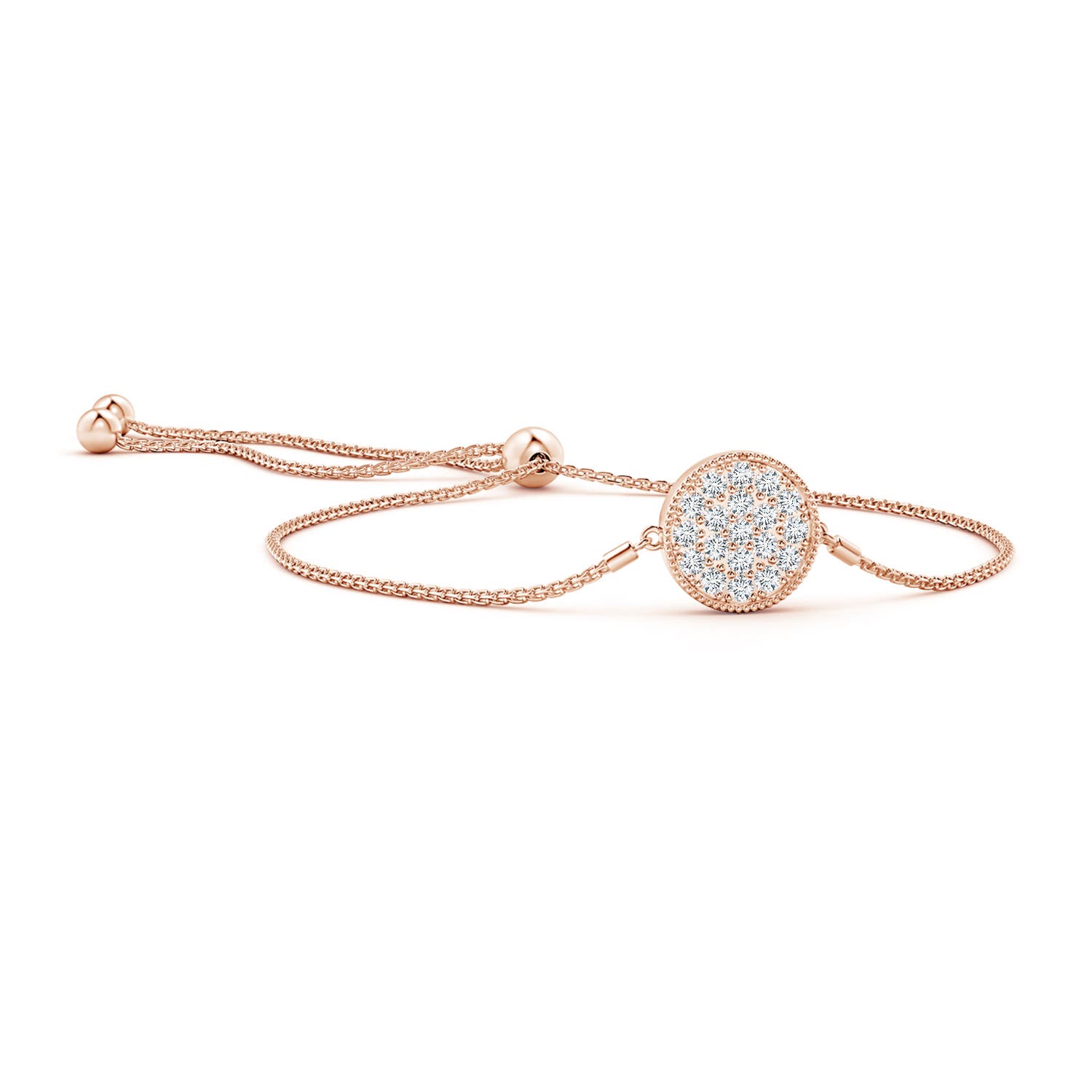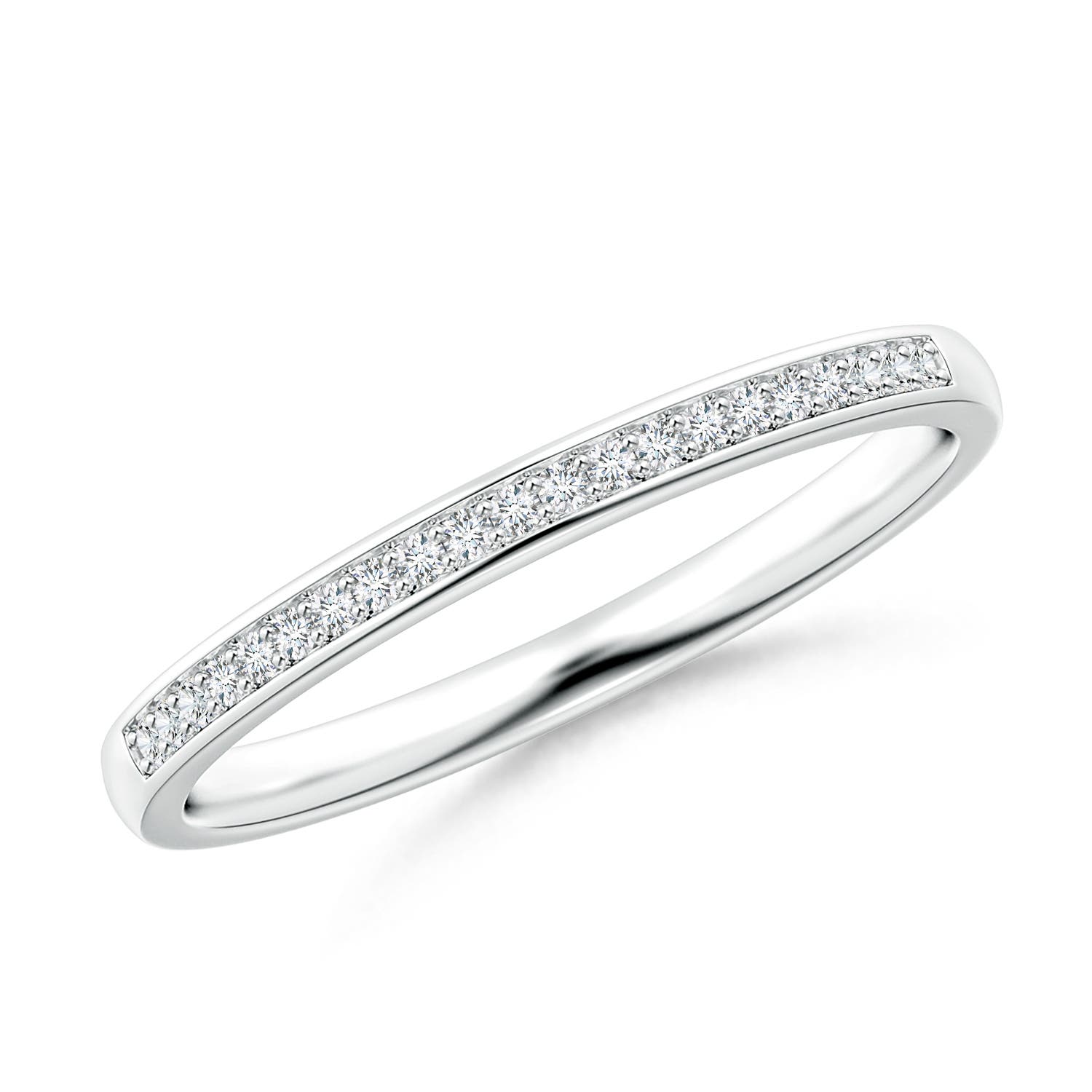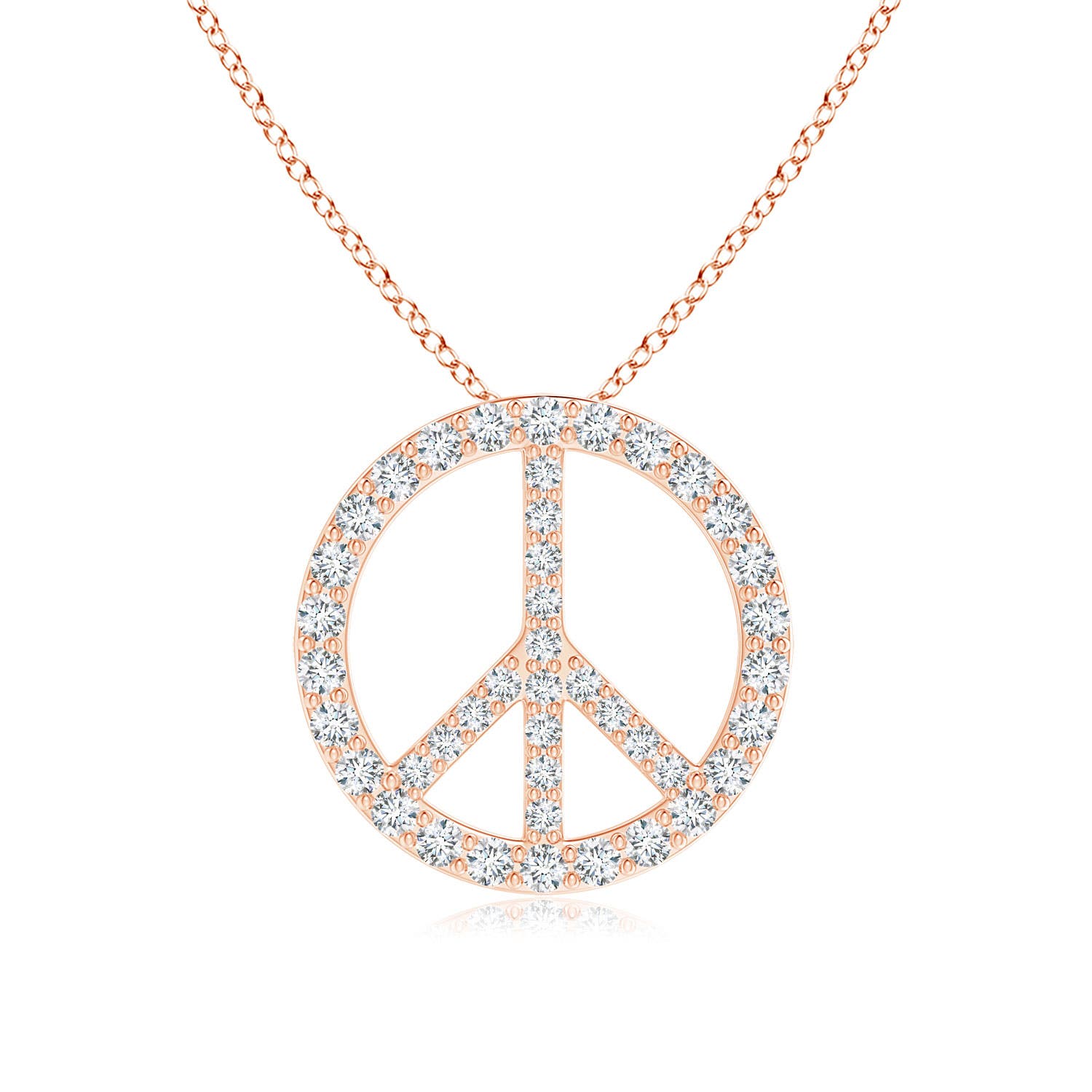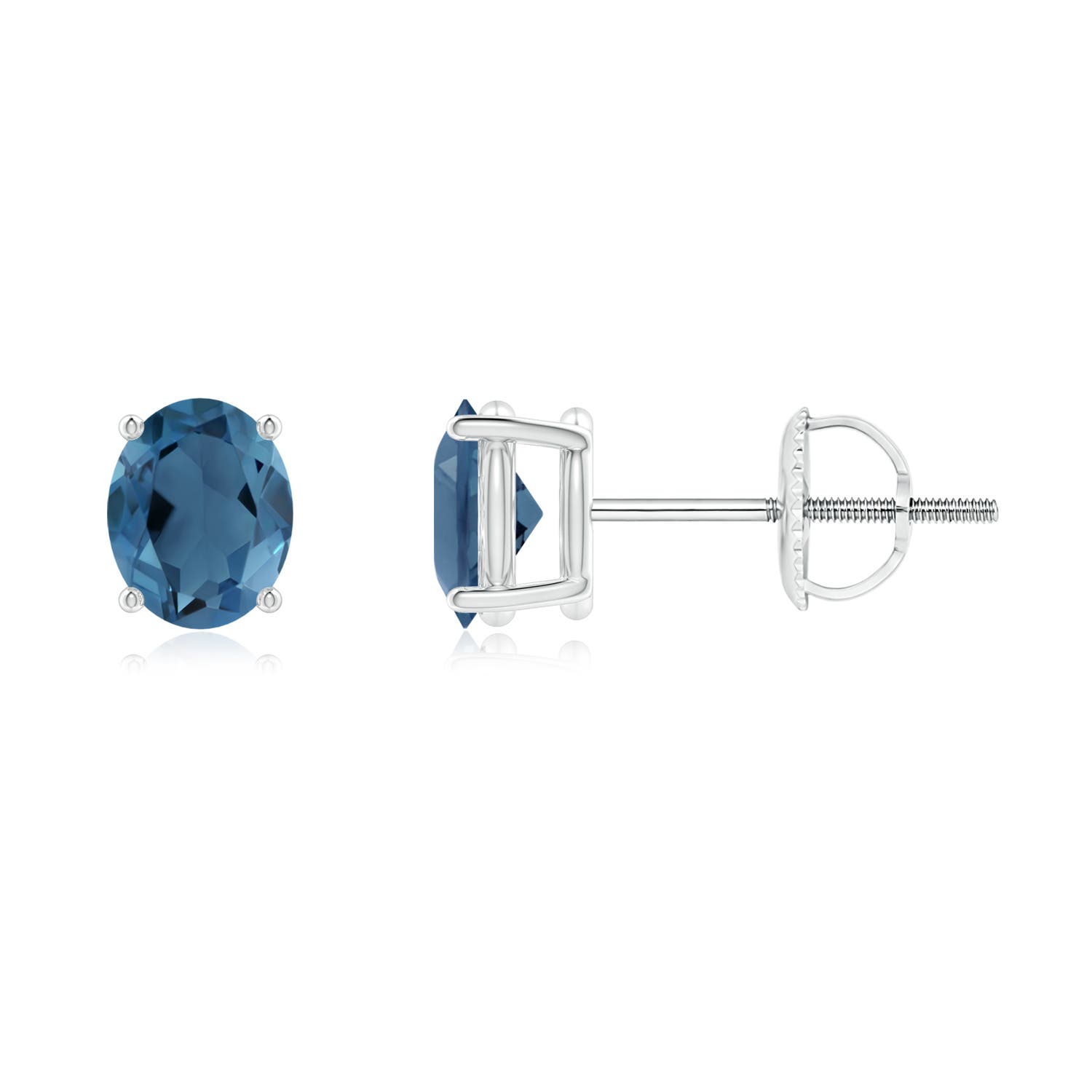When we speak of jewelry, the one thing that often goes unnoticed is the setting of the gemstone. But in reality, it’s the hero in disguise as it holds the gem/s securely in place.
In this article, we will learn more about two popular types of settings i.e., the pave and prong, and what makes them different from one another.
Pave Setting
Pronounced as ‘pa-vay’, it derives its name from the word ‘pave’, which means ‘to lay or cover the way’. Essentially, it resembles a line or circle paved with diamonds or other colorful gems. In this setting, the stones are secured close to each other with the help of tiny metal beads that hold them together. Due to this, you get a slightly restricted view of the gemstones.
Pros
- Accentuates the center gem: When the shank is studded with pave-set accents they help divert the attention to the center/main jewel. Pave-set gems are also positioned lower on the piece and are usually more in number, so together they help make the jewelry look even more opulent.
- Perfect for all styles: Pave setting is sort of an added embellishment, especially in rings. Its elegant look makes it perfect for all sorts of jewelry designs, whether it is vintage or contemporary.
Cons
- Cleaning issues: Ornaments with pave-set gems may need to be cleaned more frequently as there are many hidden grooves where dirt and dust could settle.
- Re-sizing trouble: Re-sizing rings, in general, is difficult. But if there are pave-set stones present then it becomes even more difficult. This is because removing and then re-adding the pave-set gems is a lengthy and tedious task.
Also Read: Different Type Of Pave Setting
Prong Setting
This is a classic one that is widely used in different types of jewelry. In prong setting, the prongs usually wrap around the gem’s crown and hold it tightly in place. The use of metal is minimal, which allows more light to pass through the gem, thus enhancing its sparkle.
Pros
- Easy to maintain: Prong-set gems can be cleaned quickly as they are positioned higher on the piece. Also, there are not many hidden areas where dirt can get lodged.
- Economical: The prong-setting is cost-effective because it utilizes less amount of metal and can also be created at a relatively faster speed.
- Highlights the gem: As mentioned earlier, this setting gives you a good view of the gemstone. Therefore, it helps highlight its shape, color and brilliance.
Cons
- Snagging: Since the prongs are usually positioned a little higher, they may easily get caught up in your clothes. This also increases the risk of damaging or losing the gem (due to loosened/broken prongs).
- Safety: In comparison to settings like the bezel or channel, the prongs offer less protection to the gemstone as they don’t completely encase it.
Also Read: Shared Prong Setting
Parting Note
At first, the setting may seem like an insignificant part of the jewelry piece. But there’s an important reason for them being there. They’re the pillars and the foundation on which the gemstones rest.
So, the next time you go shopping for accessories, do take a closer look and only go ahead once you’re fully certain.


































